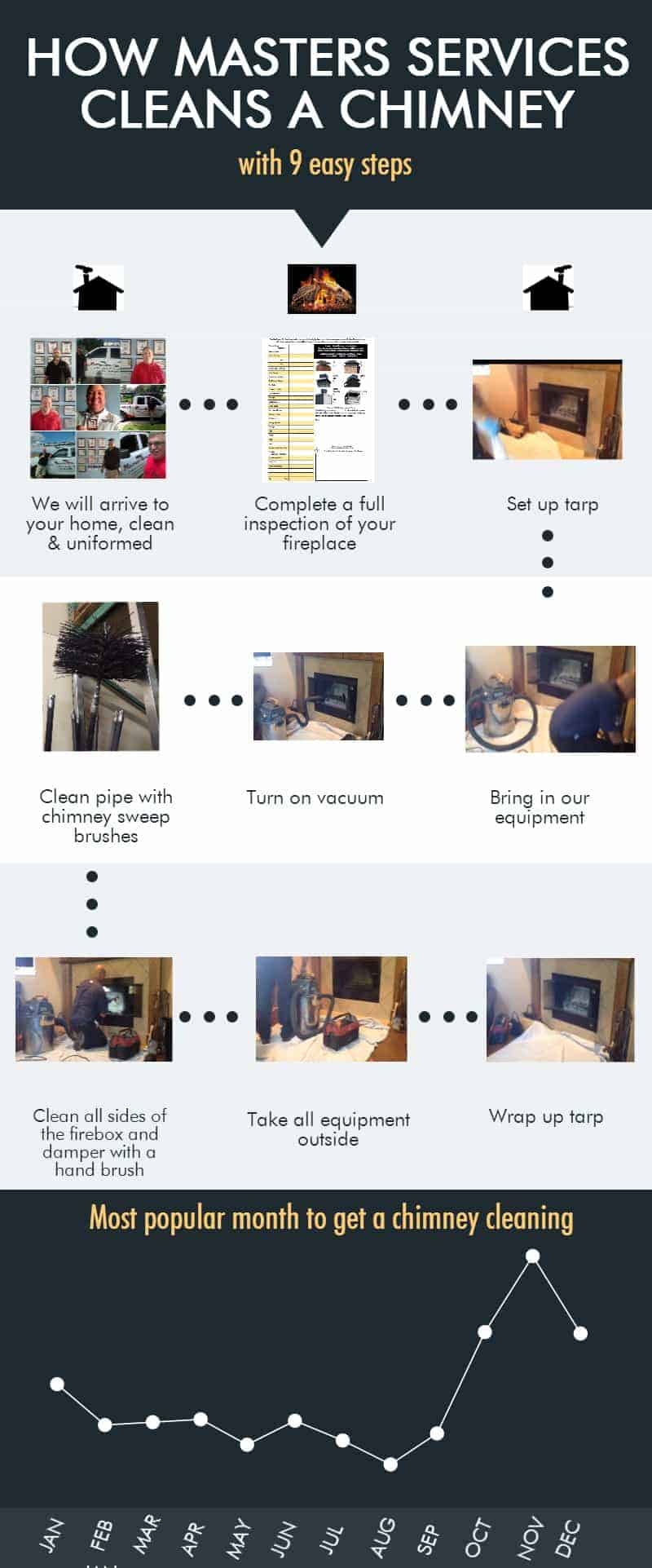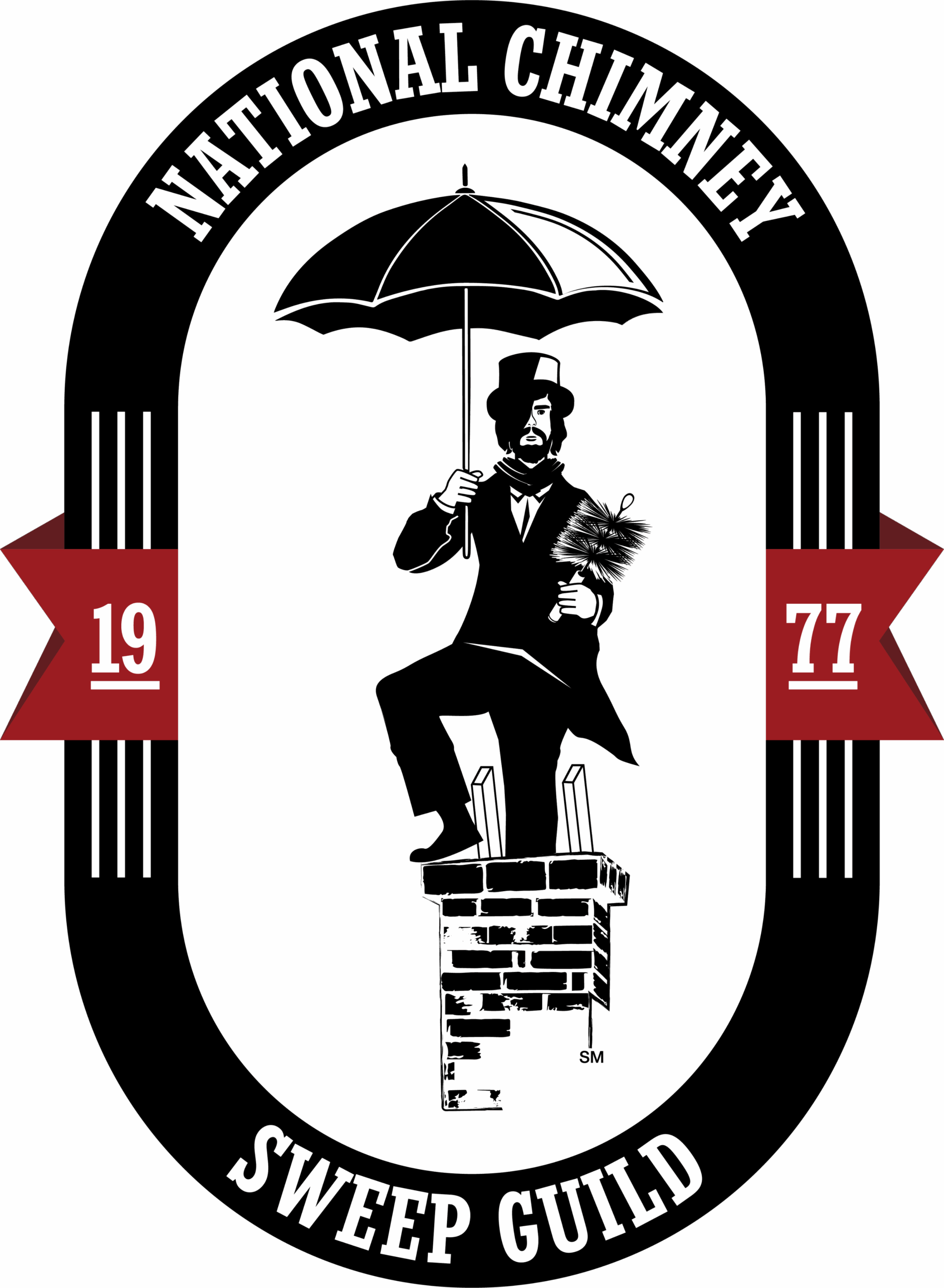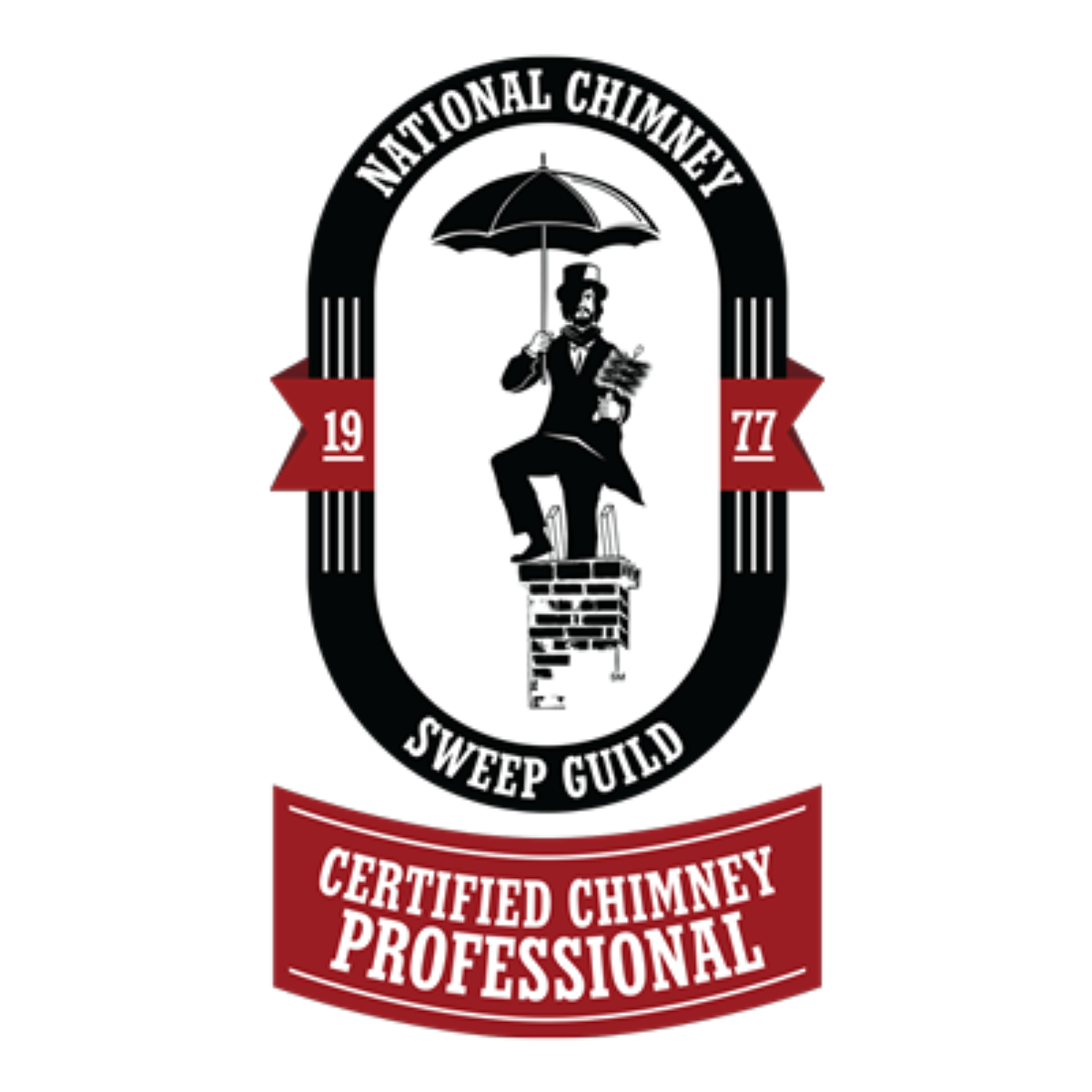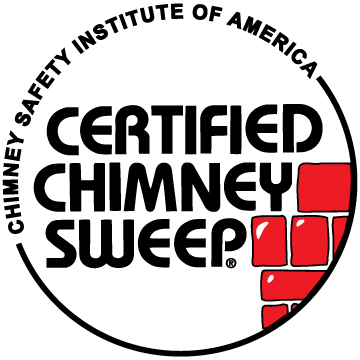Our family-owned and operated business has been serving the greater Dallas - Fort Worth area for over 25 years.
Call us today or fill out the form and we will call you to get started!
Schedule Services with the Chimney Pros
We Fix Chimneys!
Chimney Sweep in Farmers Branch, TX 75229
Chimney Cleaning 101: Everything You Need to Know About Chimney and Fireplaces for your Home or Business in Farmers Branch, TX
If you have a chimney or fireplace in your home or business in Farmers Branch, TX, or are considering installing one, there is much you need to know. An improperly maintained chimney or fireplace can be extremely dangerous to those who live or work on your property. If you are unfamiliar with the ventilation system in your building and don’t know the first thing about how to clean a chimney, consider contacting a professional chimney sweep in Farmers Branch, TX, or the greater Dallas County area, such as the staff at Masters Services. However, you should still learn as much as you can to protect yourself as well as your family or employees. Here is some essential information that everyone with a fireplace or chimney should know.
Chimney and Fireplace Vocabulary
To start, you should be familiar with the components of a fireplace and the connecting chimney. Firstly, the box-like chamber where the fire sits is called the hearth. The hearth is constructed differently depending on if the fireplace is a traditional wood-burning fireplace, or a gas or electric one. The hearth should be lined with panels designed to direct heat back into the room and prevent any fire from escaping to another part of the building. Most fireplaces have glass doors to prevent sparks from flying out as well. Connecting the hearth to the chimney is the smoke chamber, which can be closed off by the fireplace damper. The smoke chamber is intended to direct smoke up into the chimney flue, while the damper is a small door that can close off the smoke chamber from the fireplace. The damper opens to allow smoke and ash to exit the fireplace and closes to prevent cold air from coming into the building through the chimney when the fireplace is not in use. The chimney flue is the tube-like space through which smoke travels to exit the building. The flue, like the hearth, is lined with panels that protect the rest of the property from dangerous fires. Finally, the chimney cap is a cover placed over the chimney on the outside of the building to prevent wind, rain, leaves, and wildlife from entering the flue.
How Chimneys and Fireplaces are Cleaned
Cleaning out the fireplace hearth and chimney flue is a complicated and messy process, which is why you should consider contacting a professional if you have a fireplace at your Dallas County property for chimney cleaning services. To clean out a fireplace and chimney, first you need to remove the logs and the grate (the metal frame upon which the logs sit). This is so you can sweep out ash and other debris from the floor of the hearth. Next you will need to scrub the floor and lining of the hearth with a thistle brush and a cleaning solution. You can either buy a solution at a home improvement store or make your own. You will also need the solution to clean the lining of the smoke chamber and the chimney flue. You can clean out the chimney flue using a flue brush. Finally, it is necessary to occasionally go up to the roof of the building and clean off the chimney cap and other exterior portions of the chimney. This is a lengthy process and if you are not 100% confident you are capable, you should invest in professional chimney cleaning.

Safety Concerns
The most important thing when it comes to fireplace and chimney maintenance is safety, both yours and that of the people around you. An inefficient or dirty fireplace can cause dangerous chimney fires that can spread to the rest of your home. Cracked panels in the lining will not be able to properly confine the heat of the fire to the chimney flue itself. Other broken or missing pieces of the fireplace can lead to the same results. An uncleaned flue can be dangerous as well; over time, ash and soot will build up inside the chimney and form a highly combustible substance called creosote. Furthermore, there are several safety concerns you should be aware of while cleaning your chimney or fireplace. You should wear gloves, goggles, and a mask to protect your eyes from ash and debris and prevent yourself from inhaling these substances. If you are cleaning the chimney cap, you need to be careful walking across the roof of the building. These safety concerns are another reason to consider hiring a Dallas County professional – the experience and expertise of the chimney sweeps at Masters Services will protect all those involved.
Installations and Replacements
Some chimney sweeps and businesses that offer chimney cleaning will also offer installation and replacement services for the entire fireplace and chimney or individual components. If you don’t have a fireplace in your home but are interested in one, it will be good to talk to someone who can manage an installation and help you learn about fireplace maintenance. You will need to learn about replacements that need to happen regularly; for example, if there are cracks in the lining of your hearth big enough for you to fit a dime, it is time for the lining to be replaced. Look for a professional who can replace individual components of a fireplace, such as the panels, doors, damper, flue lining, or chimney cap.
Certifications
If you have decided to hire a professional or are even considering becoming a certified chimney sweep yourself, you should know about the different certifications and qualifications that are out there. If you are looking at a company or business, you should look for approvals from Better Business Bureau® and Home Advisor. Both organizations promote consumer trust by pre-screening and certifying business so potential clients know who they can trust. Individuals can carry certifications as well as businesses, such as the Master Chimney Sweep Professional Certification. If you want to know more about a businesses or professional’s certifications or qualifications, don’t hesitate to ask!
If you have decided to contact a professional for chimney cleaning services in Farmers Branch, TX, consider calling Masters Services at 972-877-4650. We are a local business staffed with knowledgeable professionals who also put our clients’ safety first!
Some information about Farmers Branch, TX
Farmers Branch, officially the City of Farmers Branch, is a city in Dallas County, Texas, United States. It is an inner-ring suburb of Dallas and is part of the Dallas–Fort Worth metroplex. Its population was 28,616 at the 2010 census.
The community was first settled in the early 1850s. In 1842, Thomas Keenan, Isaac B. Webb, and William Cochran received original land grants in the area. By 1843, a community called Mustang Branch had been established. Mr. Cochran later changed the name to Farmers Branch to reflect the area’s rich soil and farmland. Farmers Branch was the first location of the Texan Land and Emigration Company (or Peters Colony) in 1845. This made the community one of the best-known places in Dallas County during the 1840s because of its advertising throughout Europe and the United States. Baptist minister William Bowles opened a blacksmith shop and gristmill in 1845. On May 5, 1845, Isaac B. Webb donated land for Webb’s Chapel Methodist Church, the first formal place of worship in Dallas County. A school was established in the church one year later. Webb became the first postmaster at the Farmers Branch post office, which opened on January 5, 1848. It continued to function until its closure in 1866. The post office reopened in 1875. To assure that railroads would eventually pass through Farmers Branch, prominent early settler Samuel Gilbert and others sold right-of-way through their land in 1874. Around three to four years later, the Dallas and Wichita Railway completed a track from Dallas – through Farmers Branch – to Lewisville. It was absorbed by the Missouri–Kansas–Texas Railroad in 1881. The community had a population around 100 by 1890, with several businesses. The population had grown to 300 during the early 1900s. A brick school building was constructed in 1916. The number of people living in the community remained stable until after World War II.
Farmers Branch was incorporated as a city after an election was held on February 23, 1946. William F. (Bill) Dodson was elected as the city’s first mayor. The implementation of city services began immediately after incorporation. In the 1950 census, Farmers Branch had a population of 915. In 1956, a home-rule charter was approved that adopted a council-manager form of government. The rapid growth of the city during the 1950s was made apparent in the 1960 census, which recorded a total of 13,441 residents, a 1,369% increase over the 1950 figure. Most of the new residents commuted to nearby Dallas for employment. The population topped 27,000 by 1970. A variety of manufacturers producing items such as steel products, concrete, asphalt, cosmetics, and food products was operating in the city. The number of residents declined to 24,863 in 1980 and 24,250 in 1990. The falling population was offset, however, by the wide variety of businesses located in the city. Farmers Branch is home to a large number of corporations that have attained frontage along Interstate 635, the Dallas North Tollway, and Interstate 35E. Its Dallas North Tollway segment is part of the Platinum Corridor, and its land along Interstate 635 is an extension of the lengthy Irving Prairie office park. By 2000, the city’s population had grown to 27,508.
Learn more about Farmers Branch.
Useful links for Farmers Branch, TX
- Open a Farmers Branch, TX map
- Find the Farmers Branch, TX United States Post Office
- Locate nearby Farmers Branch, TX pharmacies
- View the current Farmers Branch, TX weather report
- Browse a list of Farmers Branch, TX public and private schools
- Farmers Branch, TX is located in Dallas county in Texas State
Directions from Farmers Branch, TX to Masters Services
Here are some masonry-related links:










